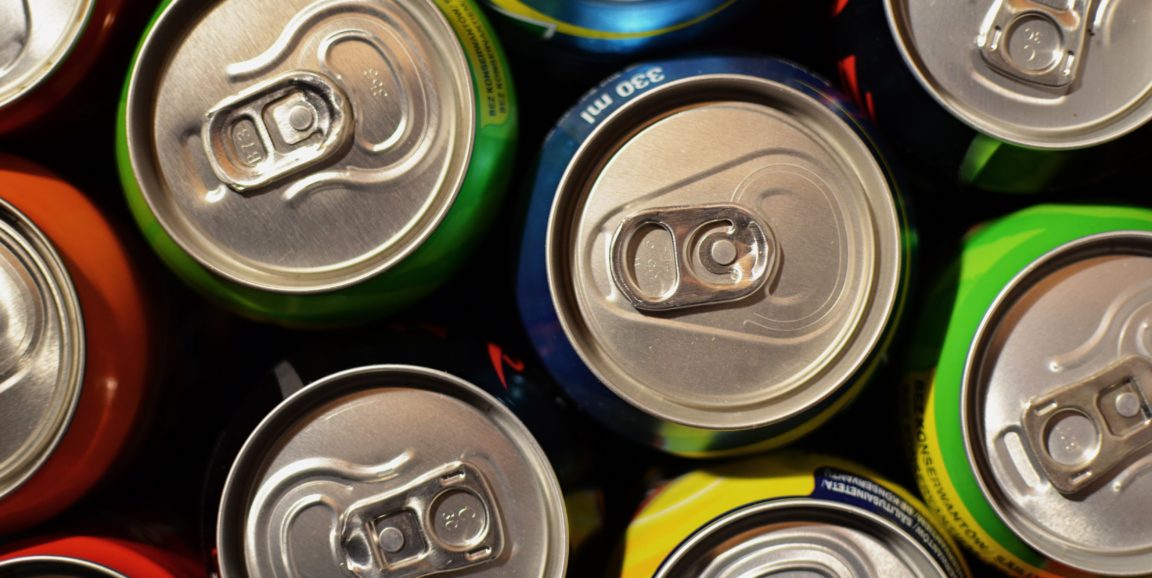Local surcharges on sugar-sweetened beverages are becoming the latest "sin tax" designed to reduce our consumption of unhealthy products, like soda, tobacco and alcohol. Driven by the growing health concerns of diabetes, obesity and heart disease, the goal is to improve public health while generating tax revenues.
Commonly called soda taxes, they typically also include sweetened energy, sports and fruity drinks and presweetened tea and coffee -- leaving water, milk and natural juices untaxed. If you live in the Bay Area, you've probably heard of them since Berkeley, San Francisco, Albany and Oakland imposed soda taxes in the last several years. But do these kinds of surcharges work?
"There's a lot of debate about whether to pass those kinds of taxes and how to design them," says Stephan Seiler, PhD, an associate professor of marketing, in a recent Stanford Graduate School of Business news article. "How high should the tax rates be? What type of products should be covered -- regular or diet or both? And should the tax be levied at the city or county level?"
Two studies recently investigated the long-term effectiveness of beverage taxes. The first study analyzed sales data from over 1,200 retail stores in Philadelphia, which imposed a 1.5-cent-per-ounce tax on sweetened beverages starting in 2017. As part of the multi-institutional team, Seiler says they wanted to learn how the tax affected things like tax revenue and people's financial burdens, and use that to contribute to ongoing policy discussions.
As expected, the Philadelphia study found that beverage manufacturers passed on almost all of the tax to consumers by raising prices by 34 percent. As a result, local demand of the taxed drinks dropped by 46 percent. But that didn't necessarily mean that residents consumed less. Instead, they traveled four or five miles to purchase sweetened beverages outside the taxed area. Taking this into account, the researchers found the demand actually dropped by only 22 percent.
Another recent study analyzed the effectiveness of Berkeley's 1-cent-per-ounce soda tax using beverage frequency questionnaires from 2014 to 2017 -- polling 1,513 people in high-foot-traffic areas in demographically-diverse neighborhoods in Berkeley, as well as 3,712 people in Oakland and San Francisco before their soda taxes were implemented for comparison. This multi-institutional research team included Sanjay Basu, MD, an assistant professor of medicine, health research and policy at Stanford.
After implementation of the Berkeley tax and corresponding increase in prices, the researchers reported a 52 percent decrease in consumption of sweetened drinks and a 29 percent increase in water consumption. The comparison groups in Oakland and San Francisco had similar baseline drink consumptions but saw no significant changes.
One difference between these soda taxes concerns diet soda, which is taxed in Philadelphia but exempt in Berkeley. It may be easier to switch from regular to diet soda, so Seiler suggests that a better design is to tax regular sodas but not their diet counterparts and to levy the tax across a wide geographic area.
In fact, some countries -- including Mexico, France, United Kingdom and many others -- have implemented a national soda tax. "That type of tax would be harder to avoid," Seiler says.
Photo by Breakingpic




